Organic Pesticides for Cannabis: Neem Oil
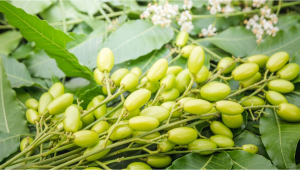
- 1. What is neem oil made from?
- 2. How neem oil works
- 3. How to use neem oil
- 4. How and when to apply neem oil
- 4. a. Neem oil against bugs
- 4. b. Neem oil as a fungicide
- 4. c. Is neem oil safe for flowering plants?
- 4. d. Is neem oil safe for humans?
- 5. When not to use neem oil
- 6. Other organics pesticide solutions for cannabis plants
- 7. In conclusion
Neem oil is one of the most used organic pest control products out there because it can not only prevent but also eliminate a wide variety of bugs and pests while not affecting beneficial insects that are friendly to your plants. This organic pesticide is used in almost all crops, not only feminized seeds and even though it doesn’t affect the bugs directly, it prevents them from feeding and laying eggs, forcing them to look for other cannabis plants or any other plants to feed from.
1. What is Neem oil made from?
Neem oil comes from the Azadirachta indica tree, commonly found in India, South Asia, and introduced to lots of other subtropical and tropical countries for its importance in organic farming and medicine.
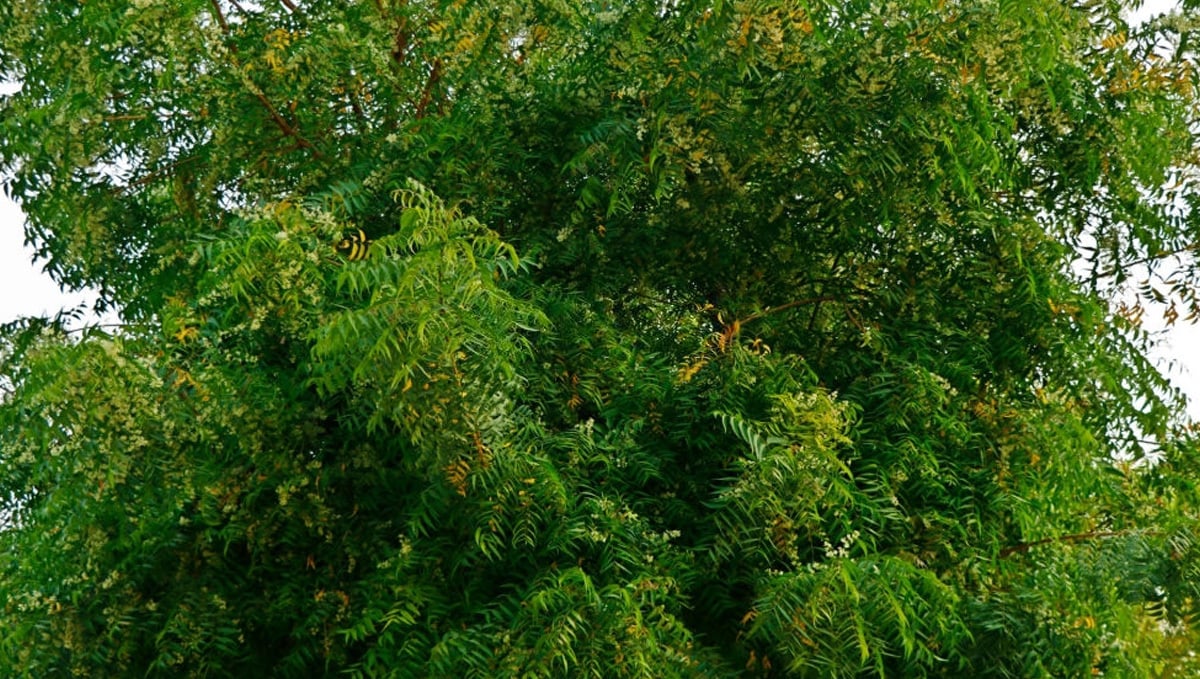
Not only is it used in cannabis plants, but Neem oil is also good for the skin in the treatment of several diseases, used as anti-bacterial, anti-fungal, but remember you shouldn’t use it unless your doctor recommends it because there have been reports of Neem oil poisoning1 in adults and children, so be careful. When a Neem tree flowers they produce not only small white flowers but also a small green or yellowish fruit that resembles an olive, these fruits (and the seeds) are where Neem oil is extracted from.
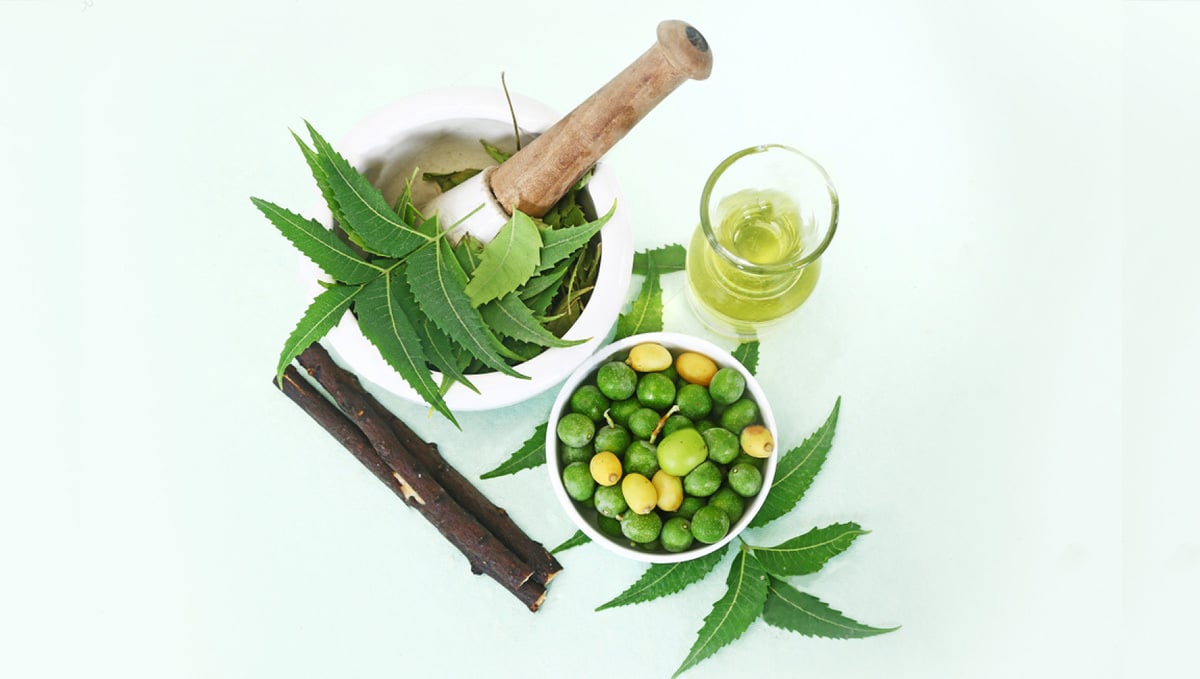
By grinding and pressing the fruits and seeds, manufacturers can obtain the purest form of this oil, although it can also be extracted with solvents it will diminish the quality.
2. How Neem Oil Works
Unlike many synthetic insecticides, neem oil will not instantly kill invasive pests. Instead, it creates an environment that is hostile for the reproduction and general lifecycle of many insects that can cause your ladies damage. These include:
- Aphids
- Spider Mites
- Thrips
- Mealy Bugs
- Whiteflies
- Broad Mites
- Fungus Gnats
It also makes fungal and molds growth much more difficult, which can save you a lot of hassle and heartache near the end of your crop run. Regularly applying neem oil will inhibit the likelihood of many pesky pathogens from affecting your crop. Endemic fungi, powdery mildew, rose black spot, and rust are all suppressed by using neem oil not only makes pest reproduction much less viable, but it also harshens the environment for adult pests. It covers the body which makes respiration difficult, which alone can cause a drop in the numbers.
But, the best thing is that the bugs we do like see around our crop (Butterflies, Bees, Ladybeatles, Praying Mantis, Rove Beetles, Green Lacewings, Earthworms) are all totally unaffected by neem oil. So, there are no worries about killing off the beneficial bugs, only those pesky little dudes that can turn a crop from gold to dust.
3. How to use Neem oil
Before using your preferred mix of Neem oil, you should always test it on one leaf and wait for 24hrs to see how your cannabis plants react to it after you know it is safe to use it, you need a sprayer to completely coat your plant, including the branches and underside of the leaves so the bugs don’t have a spot to run away from it.
Here are a couple of recipes that aren't too strong, you can always increase the amount of Neem oil you mix but these ones are quite light and won't have a bad effect on your plant.
| Stage | Recipe |
|---|---|
| Seedling stage | 8ml per 1L of water |
| Vegetative Stage | 16ml per 1L of water |
| Flowering Stage |
Neem oil alternatives5ml of baking soda per 1L of water or 500 ml of 70% alcohol with 500ml of water |
Have in mind that Neem oil indeed can be used during flowering but only on the stems and branches, but bugs will run away from it and hide where you haven't applied Neem oil (the buds), so it is better you don’t use it.
Also, cannabis plants absorb neem oil and it stays in their vascular system and can alter the taste and flavor of your buds, so it’s better to use the alternatives given in the table above before applying Neem oil. It's hard to say whether neem oil is the best pesticide for cannabis plants, there are several alternatives to neem oil that may be better suited for your situation but you could say neem oil is one of the best pesticides for organic cannabis due to being natural, cheap and easy to find.
4. How and when to apply Neem oil
Neem oil for cannabis plants can be used as a foliar spray and used as a drench to water the soil in any stage of cannabis’ plant growth (although it is not recommended on the flowering stage), it has shown to be more effective as a foliar spray but will depend on what you’re using it for.
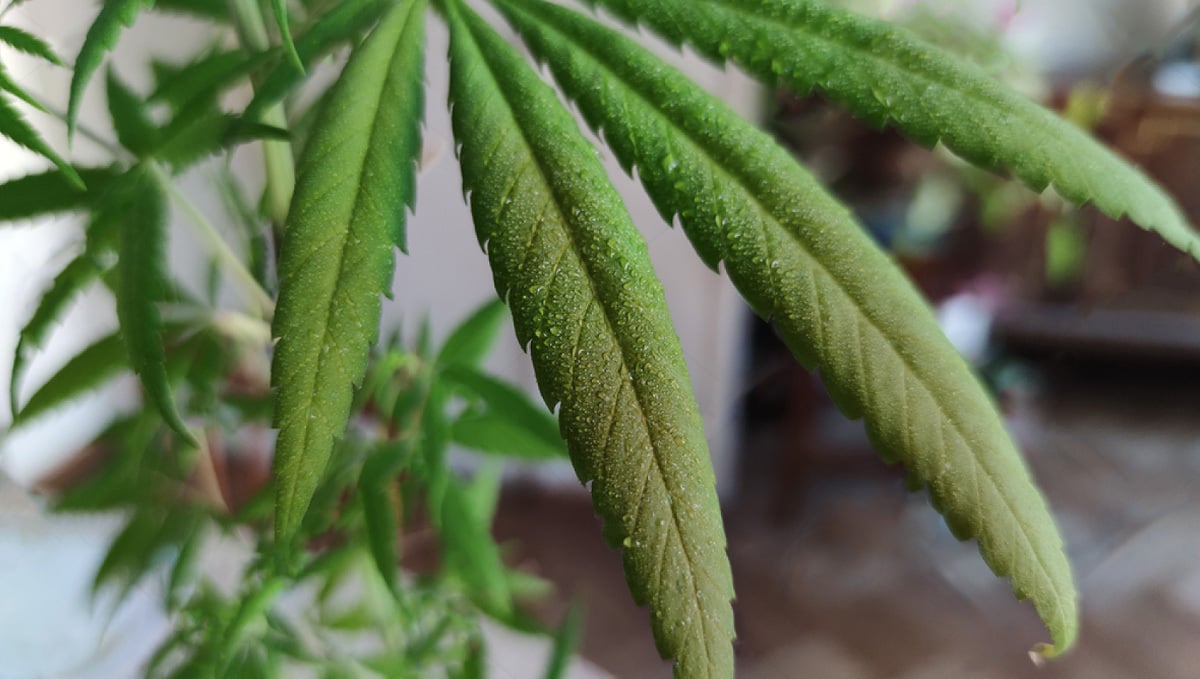
If your cannabis plants are suffering from fungus gnats larvae or other bugs that live in the soil, you can use it as a drench, Neem oil will last up to 22 days in the soil but only 45 minutes when mixed with water to be used as a foliar spray. So depending on what you’re using it for, you will have to repeat the process a couple of times.
Using Neem Oil as a Preventive Spray
Neem oil can be used throughout the vegetative growing stage and up to the last 3 weeks of the flowering stage as a fungal and insect preventative, If you are wanting to use neem oil as a preventive it is best to apply as a foliar spray. This can be done once weekly. To make an effective preventative neem oil spray:
- Fill your spray bottle with one liter of tap or rainwater. Make sure this water is at room temperature.
- Add the neem oil at 75% of the bottle's recommended strength.
- Add 2ml of insecticidal soap and mix very gently without making bubbles (optional, but recommended as it helps the oil emulsify with the water)
- Stir thoroughly but gently, remember to give the spray bottle a swirl between uses. Neem oil will settle at the bottom if left for more than a few minutes.
- If you live in a cold climate you may need to heat up the neem oil as it becomes quite viscous at temperatures below 20C.
You can use a regular spray bottle that you find in a hairdresser's salon, but we advise getting your hands on a pressurized sprayer designed for garden use if at all possible. These can be found in any reputable hydro, garnered, or hardware suppliers. When applying, make sure to cover as much of the plant as possible. Certain insects prefer to reside on the undersides of cannabis leaves, so be diligent in getting full coverage. At the end of each application, the plant should be damp but not soaked.
If you have an indoor setup, make sure to switch off all the fans and only apply the neem oil while the lights are off. You want the plant to be almost dry before the lights come on again. If you continue this preventative measure during the first few weeks of flowering then try to keep the bud sites as dry as possible.
Neem oil against bugs
A Neem oil insecticide is super effective against more than 200 kinds of bugs including Aphids, Mealybugs, and Whiteflies. So, how does Neem oil for marijuana work? Despite not killing bugs automatically, this organic pesticide can prevent insects from feeding, larvae from maturing, reduces mating, and can also coat the bugs, preventing them from breathing.
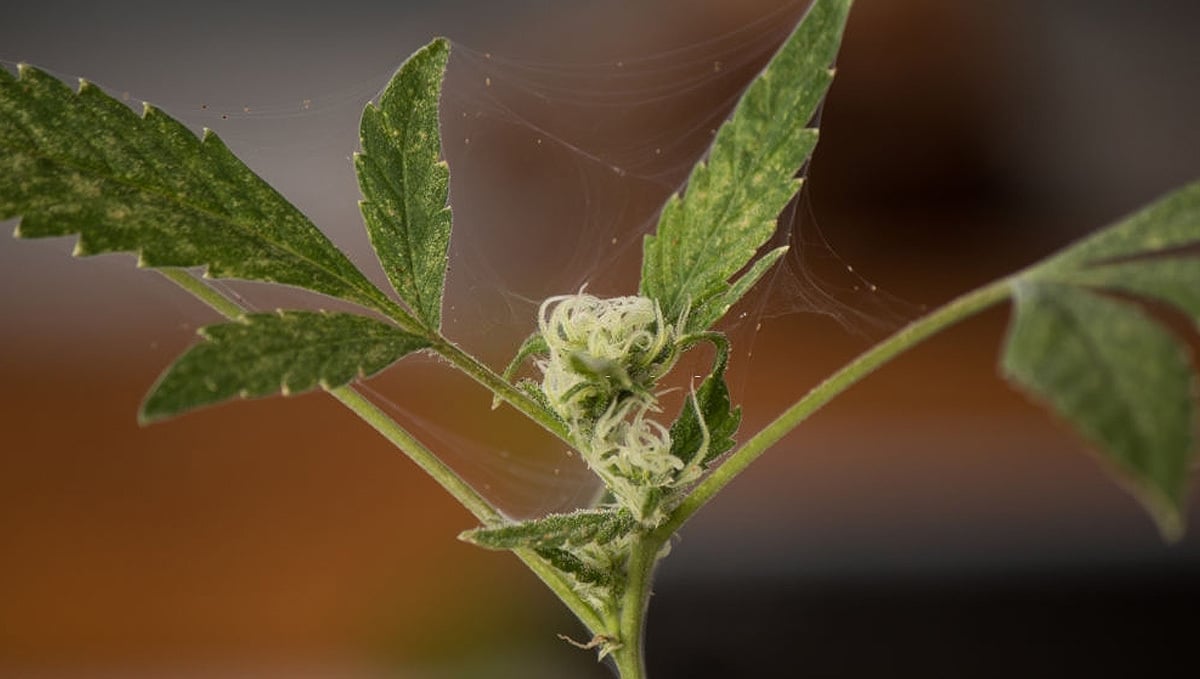
Depending on your case (if you’re preventing or controlling a pest) and the percentage of Neem oil present in the product you’re using you should dilute it in water, for example, a product that contains 70% Neem oil should be mixed at a ratio of 7ml per liter of water and used as a drench or sprayed throughout all the plant, including the underside of the leaves.
If you’re using it as prevention, you should use it once a week or even once every two weeks but if you’re trying to control and eliminate bugs already present it should be used once every 5-7 days.
Neem oil as a fungicide
There are several ways of dealing with fungi, and Neem oil is one of them.
A Neem oil fungicide can be used to treat Root rot and Powdery mildew but will depend on the stage your plant is in, if your plant is in the vegetative stage you’ll be fine but if it’s in the flowering stage you should avoid using it.
Is neem oil safe for flowering plants?
Even though Neem oil is safe for flowering cannabis plants, it will alter the taste and aroma of the flowers.
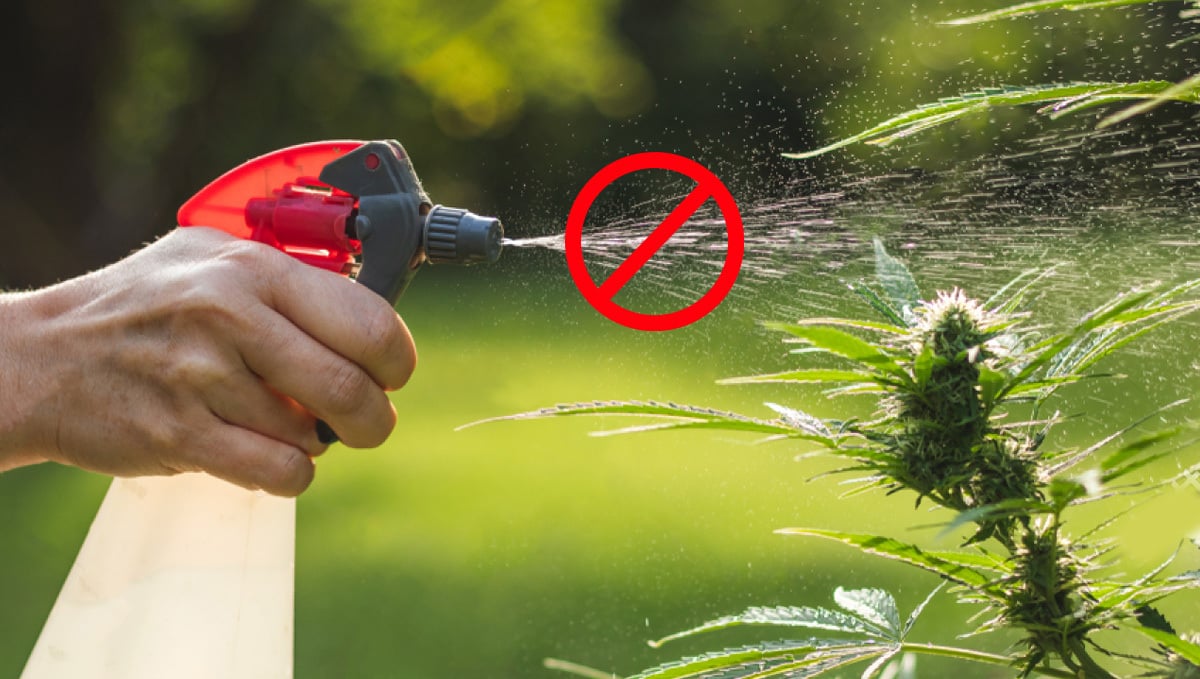
Neem oil has a really strong and unpleasant smell and taste, it is not recommended to use it either as a foliar spray or in the soil in the flowering stage because neem oil is absorbed by your plant and it will stay in the vascular system for a while. If you need to treat fungus or bugs in the flowering stage you’ll be better off using alternatives such as mixing alcohol or baking soda with water.
Is neem oil safe for humans?
For the most part, yes - neem oil is safe for humans, but don't go using it as a substitute for olive oil in your salad dressing just yet. The EPA class neem oil as a “low toxicity” substance, and while it is rarely fatal for any mammals, including humans, it can cause allergic reactions and some skin irritation issues. As long as you take the necessary precautions (like not drinking it, and using proper protective equipment such as gloves and masks) you should be totally fine. Since Neem oil for spider mites on cannabis or any other bug is very potent, it is not 100% safe for humans and animals. Ingesting as little as 20ml can cause vomiting and convulsions. Even though it may seem a bit crazy to drink Neem oil, there have been lots of cases of Neem oil toxicity and it can also affect liver and fertility.
It is advised children and pregnant women stay away not only from Neem oil but from all Neem products in general.
In some parts of Europe (like the UK) the sale of Neem oil is controlled and regulated, so even though it’s organic and considered safe, you should always avoid touching your face when dealing with Neem products.
5. When not to use Neem oil
You should not use Neem oil on cannabis plants that have suffered from overwatering, overfeeding, or nutrient deficiency stress recently, even though you can if you need to control a pest fast, it’s better to wait until your plant completely recovers before applying it.
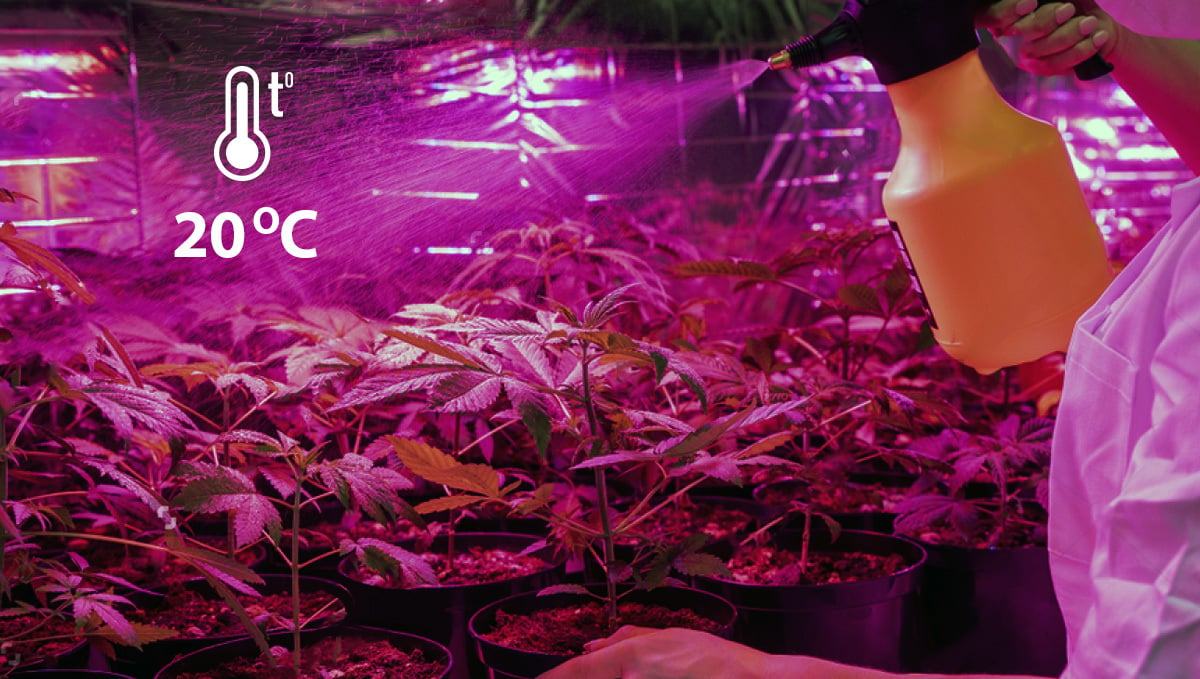
Also, you should not spray neem oil with the lights on (if you’re growing indoors), cannabis plants in direct sunlight outdoors or in extreme cold or hot should not be sprayed with neem oil because it can burn the leaves, branches, and stem, you should apply it at night or when the sun sets, and when the temperature is around 20oC to avoid having problems.
6. Other Organics Pesticide Solutions for Cannabis Plants
Neem oil is probably the most commonly used organic pesticide in cannabis cultivation, but there are a bunch of other options on the market that offer a range of different pest control solutions.
Azadirachtin
Azadirachtin also comes from the neem tree and is one of the main active ingredients in neem oil. But it also comes as a standalone product, where it has been extracted from the neem seed and concentrated into a more powerful formula. It's actually not a single substance, but a mix of complex, related substances that act in harmony to fight off pest infestations. It is best used to control insects in the immature/larvae stage and works by blocking vital physiological actions and as a growth regulator.
It targets caterpillars, aphids, whiteflies, and a range of other common cannabis pests. It is most effective against insects that chew rather than suck, and it works best in plus 70 degrees F temps, with its efficacy dropping off quickly at lower temps.
Pyrethrins
Pyrethrum comes in two main forms. Pyrethrum is the organic version, with Pyrethrins being the synthetic option. Most cannabis growers steer clear of the synthetic option as it has a much longer half-life, and can affect the quality of the bud.
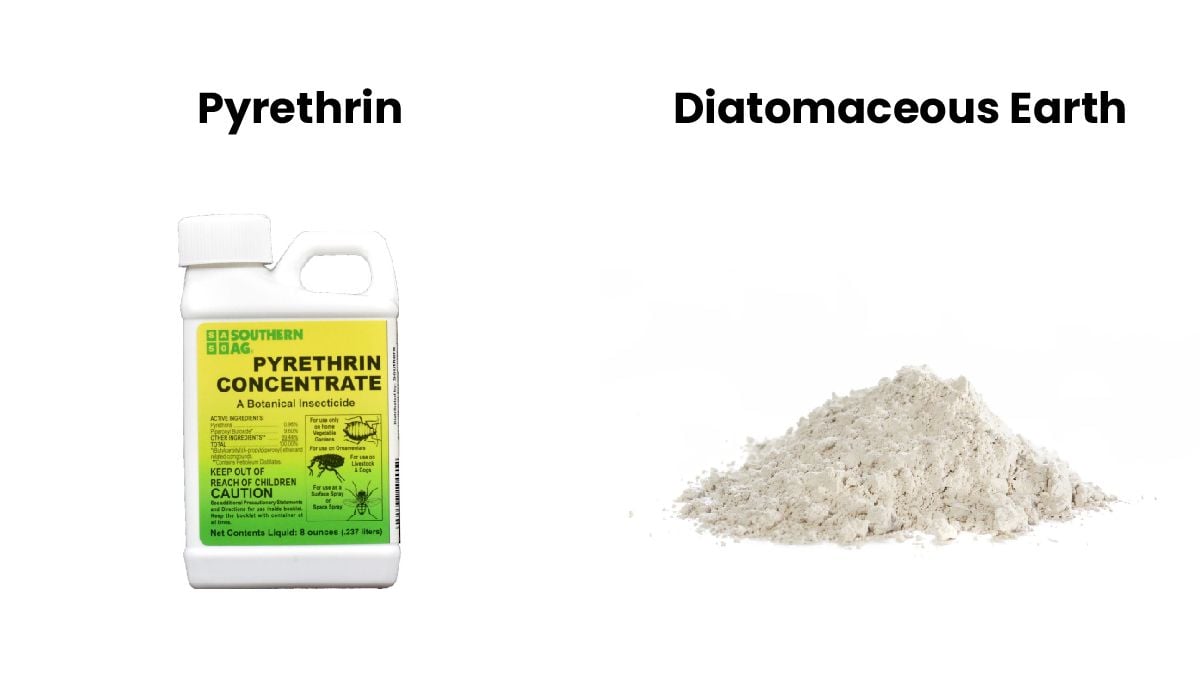
Pyrethrum is an extract from the chrysanthemum flower. It's a botanical pesticide that will kill insects, but breaks down quickly in the environment and is not persistent, so it will not leave lasting residues. It has been in widespread use in the flower-growing business for decades and was quickly appropriated by cannabis growers for its non-invasive qualities for cannabis flowers. It works by attacking an insect's nervous system and is effective against many different types of chewing insects, including mites and caterpillars. It's a contact spray, so you need to get it directly on the bug, or its larvae to be effective.
Beneficial Nematodes
Beneficial nematodes are an interesting organic pesticide option and one that is growing in popularity. They are microscopic worms that live in the soil and feed on insects, but they won't harm plants or animals. They occur naturally in soil but can be added to help boost the natural defense they offer. They are not found in coco-coir, so if that is your main growing substrate it might be a good idea to chuck a load in.
They are applied by mixing them with water and spraying them onto the top layer of the substrate, where they will identify and seek out their food sources. Once they have found the pest and penetrated their skin, they release a bacteria which is deadly for the insect but won't harm anything else. They attack soil-born pests like fungus gnats, among a long list of others.
Bacillus Thurengensis (BT)
Bacillus Thurengensis is a naturally occurring bacteria that finds its way into almost all organic pest control sprays, but can also be used on its own. It attacks both the larvae and adults of certain insects, specifically the wide range of gnats that often infest cannabis plants. BT works by producing a toxin that attacks the larvae's digestive system, killing them off within 48 hours of application. It is safe to use on plants and animals, and won't leave any residue.
Diatomaceous Earth
Also sometimes referred to as diatomite or kieselgur/kieselguhr, diatomaceous earth is a naturally occurring sedimentary rock that is made up of fossilized remains of diatoms. Once in its powdered form, it ranges in size from 3 μm to less than 1 mm, and while it is totally safe for humans and animals, it is a true insect killer.
It works as an organic pest control by lacerating the exoskeleton of an insect, and it's a great tool against aphids, mites, beetle larvae, and other crawling insects. The cuts it makes to the exoskeleton of the insects, causing them to dehydrate and wilt away. It needs to be reapplied after rainfall and can clog up atomizers and sprayers quickly if not cleaned out properly. It can also be sprinkled directly on the surface layer of the topsoil (or coco) and spread around the plant in powder form.
Beneficial Predatory Insects
Predatory Insects are a great option for organic pest control, as they are naturally occurring and you can often find them living in the same environment as the plant. They are carnivorous and will feed on pests without harming other insects or plants. There are dozens of predatory insects, but the most common ones used by cannabis growers are ladybugs, lacewings, and Nesidiocoris tenuis (aka the tomato bug). They are not super effective once an infestation has taken hold, but they are a handy addition to any weed garden. If you grow outdoors you might struggle to keep them around, but if you have a tent set up indoors then they are stuck.
7. In Conclusion
Neem oil spray is a great way to get rid of pests organically, but make sure you don’t use it in the flowering stage because it will affect the smell and flavor of the buds and leave them with an unpleasant harsh smell. There are alternatives to Neem oil use in the flowering stage if you want to keep your harvest safe but it’s always better to be safe than sorry so if you don’t want to deal with pests, make sure you start with resistant cannabis strains such as our Wedding Glue Auto.
This XL Indica-dominant hybrid is extremely resilient to pests and is completely ready in 8-9 weeks from seed, making it perfect for those who are looking for an easy-to-grow strain and a quick harvest without much maintenance or extra effort. If you've had a good (or bad) experience with Neem oil or have other homemade recipes feel free to help fellow growers by leaving a comment in the comment section below!
External References
1. US National Library Of Medicine National Institutes Of health
https://www.ncbi.nlm.nih.gov/pmc/articles/PMC3841499/
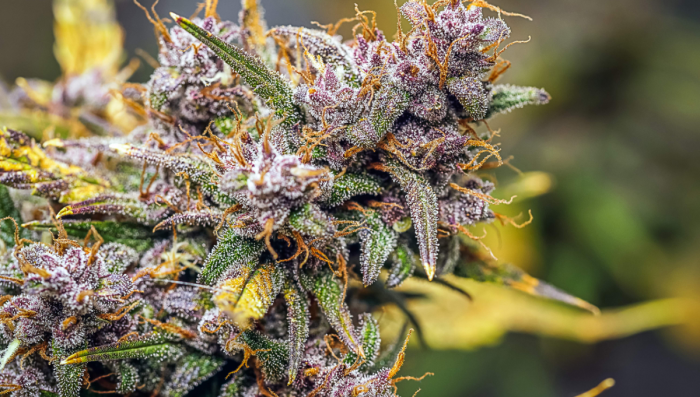







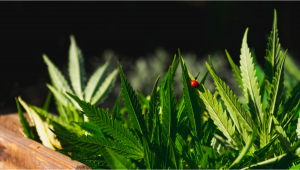
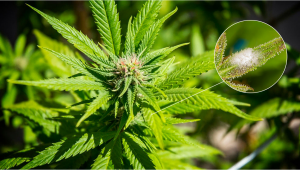
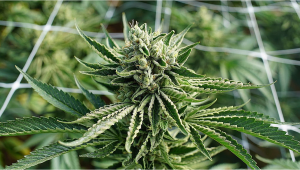
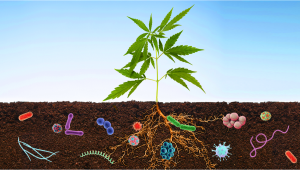


Comments